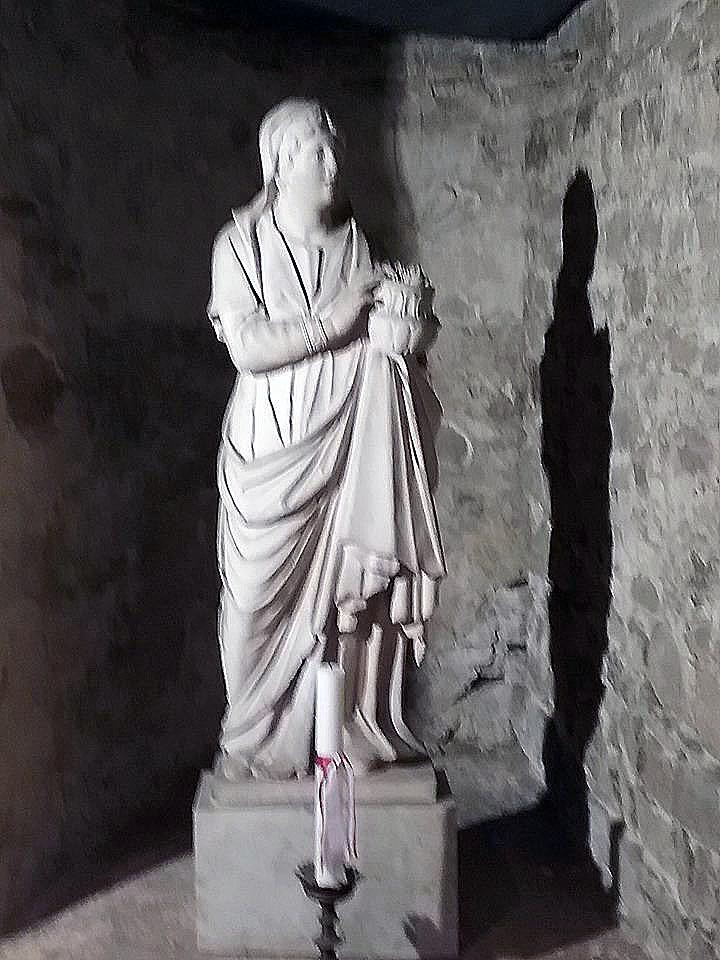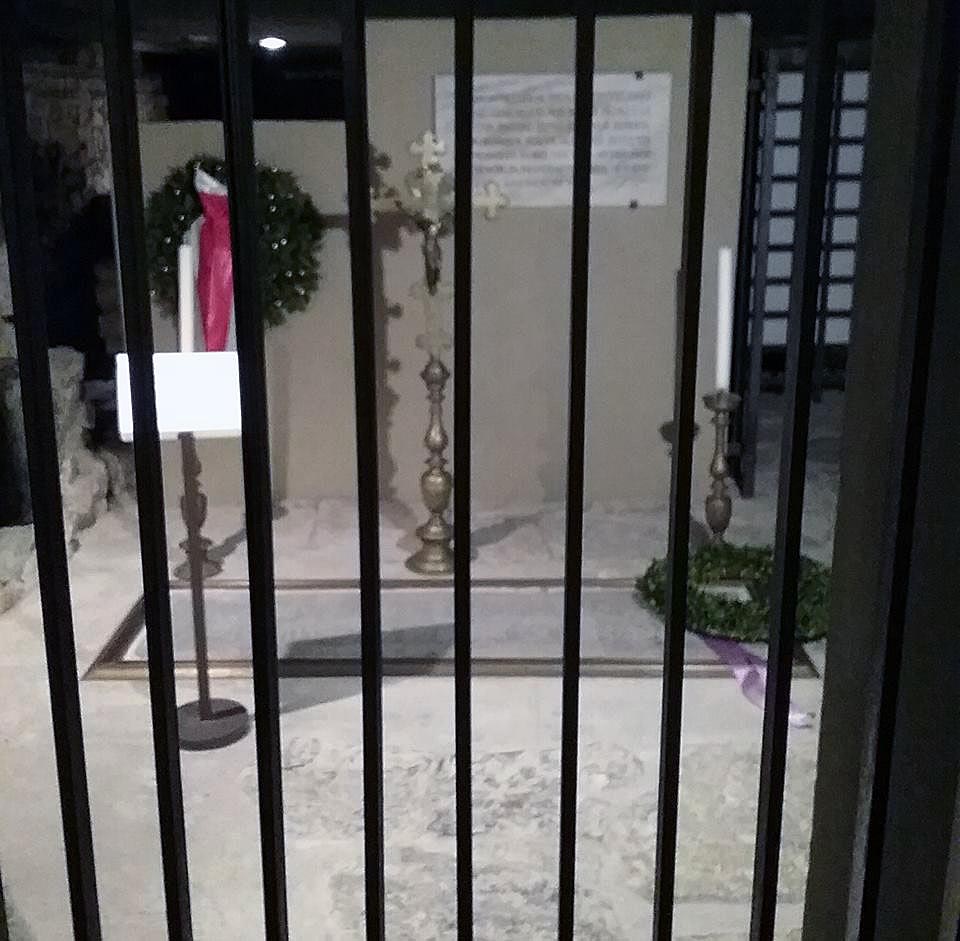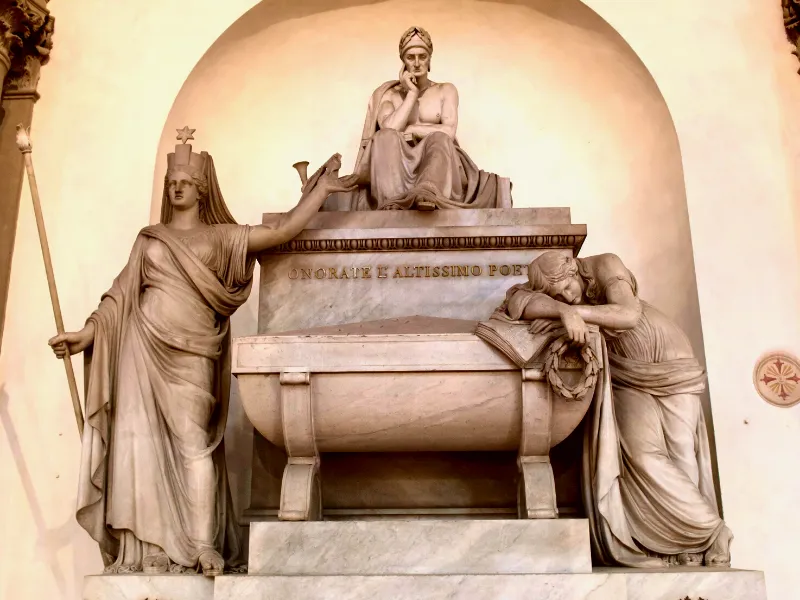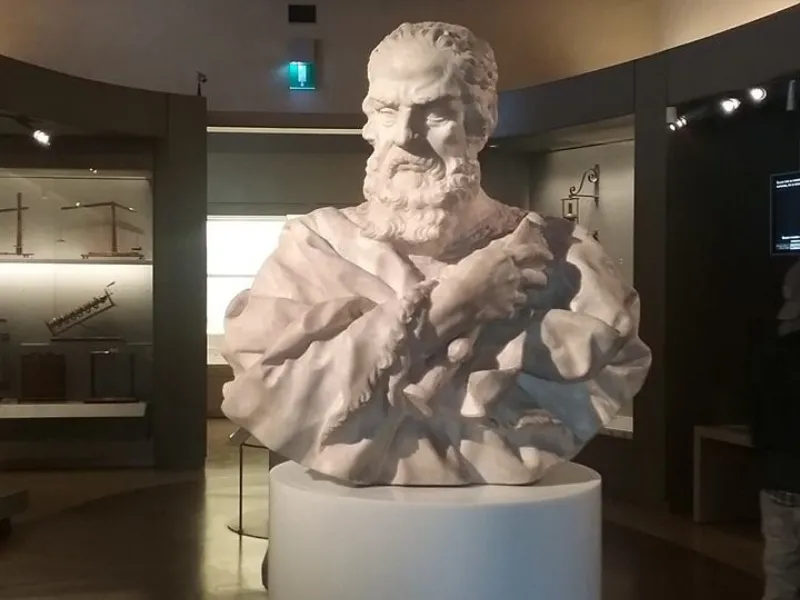Santa Reparata and its precious remains
Santa Reparata and its precious remains
The remains of S. Reparata, the early Christian church of the city, are visibile under the right nave of the Cathedral of S. Maria del Fiore.
S. Reparata was the first Cathedral to be built inside the Roman city walls of Florence: it was destroyed only at the end of the XIV century when works for the edification of the new one were going on.
A LOT OF TREASURES ARE HIDDEN HERE!
1. Giovanni, a member of the Medici family died in 1352: he is buried here! He was a knight in fact his guilded helmet and spurs are displayed next to the entrance.
2. Among the most precious remains, you will notice part of the central nave with a mosaic decoration representing a peacock commissioned to African masters!
3. One of the three apses of the old church is still decorated with a "Piety": the clearest proof of the extent to which the ancient building was being embellished until a few years before its destruction. In this area a sculpture depicts S. Reparata, the first patron saint of the city and a room full of skulls founded during the excavations opens next to her!
Filippo Brunelleschi, the genius who closed the Cathedral with an extraordinary dome is entombed at the end of the itinerarary!
S. Reparata was the first Cathedral to be built inside the Roman city walls of Florence: it was destroyed only at the end of the XIV century when works for the edification of the new one were going on.
A LOT OF TREASURES ARE HIDDEN HERE!
1. Giovanni, a member of the Medici family died in 1352: he is buried here! He was a knight in fact his guilded helmet and spurs are displayed next to the entrance.
2. Among the most precious remains, you will notice part of the central nave with a mosaic decoration representing a peacock commissioned to African masters!
3. One of the three apses of the old church is still decorated with a "Piety": the clearest proof of the extent to which the ancient building was being embellished until a few years before its destruction. In this area a sculpture depicts S. Reparata, the first patron saint of the city and a room full of skulls founded during the excavations opens next to her!
Filippo Brunelleschi, the genius who closed the Cathedral with an extraordinary dome is entombed at the end of the itinerarary!

The statue of Santa Reparata

Filippo Brunelleschi's tomb.
Altri articoli

Were was Dante Buried?
Enrico Pazzi decorated even the base of the statue with four heraldic lions symbol of the Florentine Republic. The sculptor and his subject are united by a strange circumstance: Dante was born in Florence and died...

Pietramala and Its Legend
This tale symbolizes the eternal struggle between good and evil, with San Zenobio prevailing through both strength and wit.

Do you know a secret passage?
In 1877 the secret passage was accessible: four thousands and five hundreds of people crossed it paying twenty-five cents each one!

Galileo Galilei kneels in front of the church
In 1632 the scientist published his "Discorso sui massimi sistemi" and he risked to be burnt at the stake

